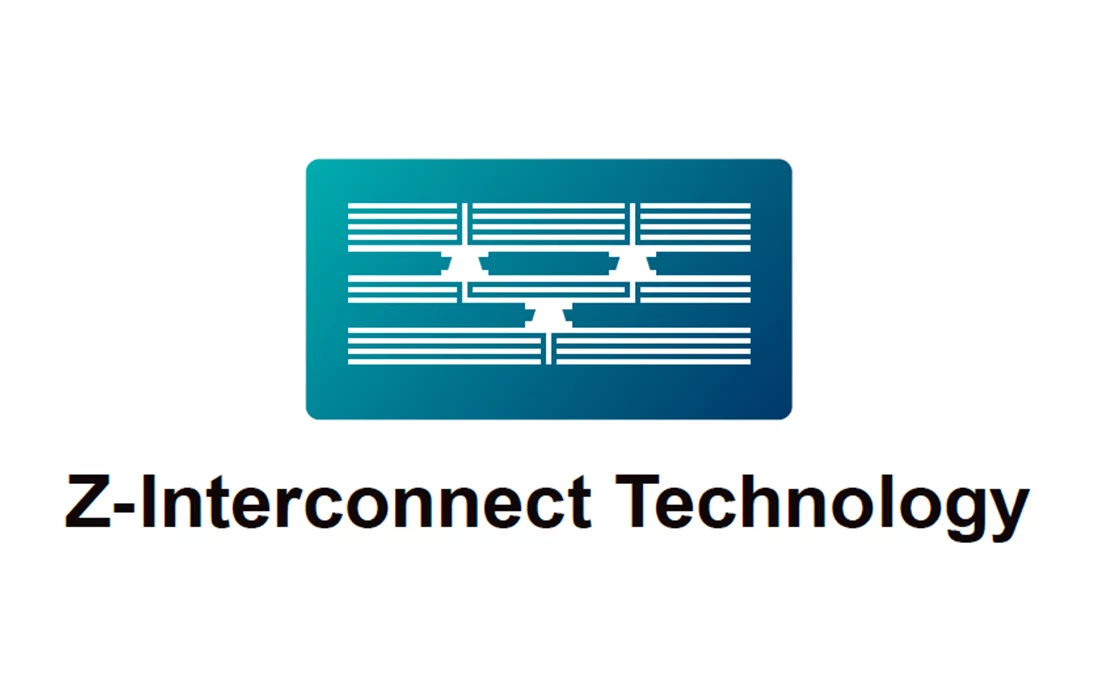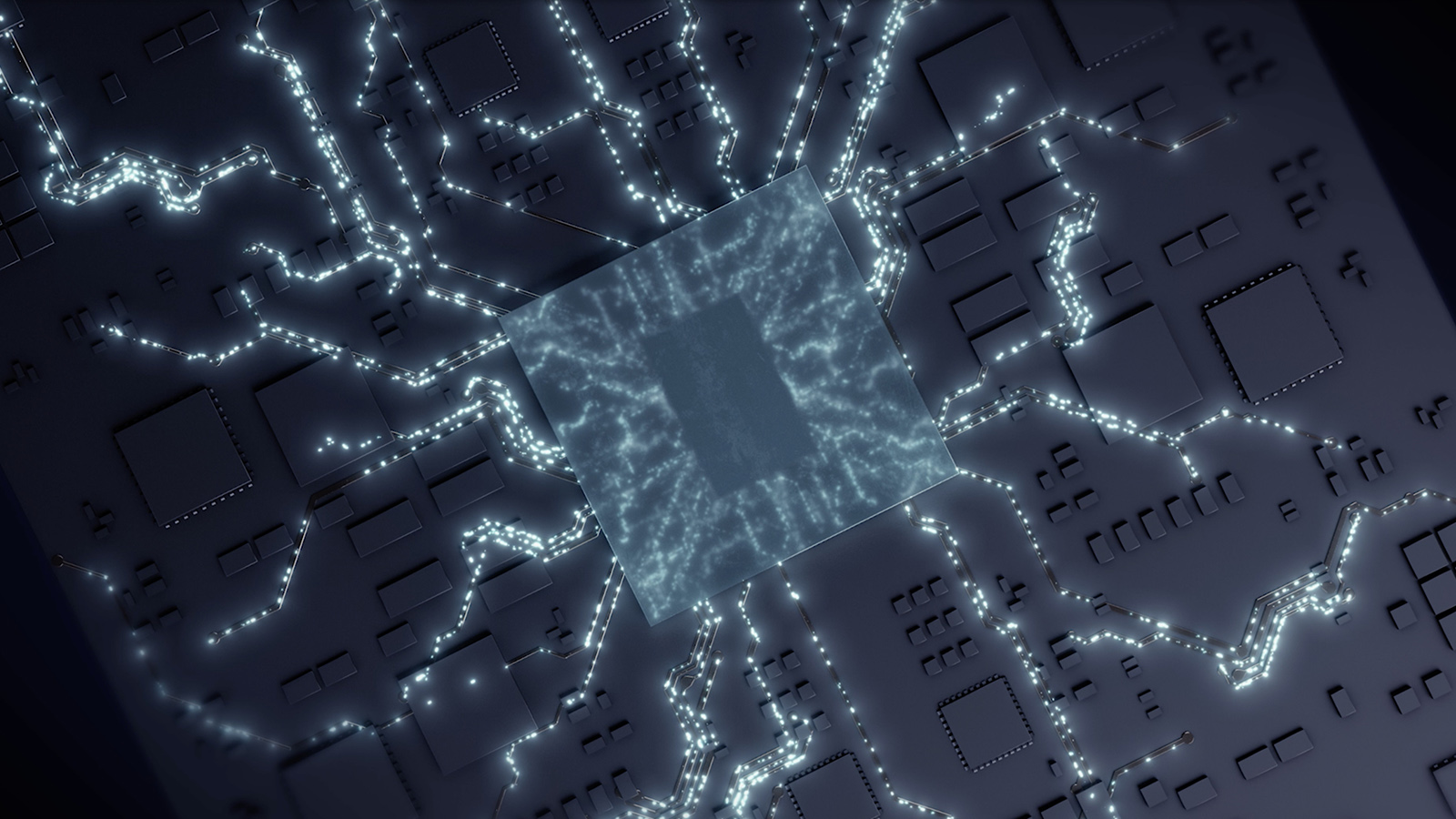Unlimited freedom with Z-Interconnect
Z-Interconnect is a technology developed by AT&S that makes it possible to integrate two or more circuit boards designed for different requirements into one system from a single source. This gives designers the flexibility to mix and match circuits with different requirements without creating conflicts in the design.

With the Z-Interconnect technology from AT&S, printed circuit boards manufactured using different AT&S technologies can be connected to form systems with completely new properties. For instance, high-speed components with optimal heat management or high-density circuit boards can be combined with low-cost, lower-density system components. Designers can achieve almost anything with Z-Interconnect, even when different requirements appear to to be in conflict.
Benefits of Z-Interconnect technology
- Z-Interconnect makes high frequencies in the millimetre wave range accessible for communication purposes.
- Short signal paths ensure high data rates.
- Signal losses between the antenna and the processing system are minimal, resulting in a highly energy-efficient network.
- The higher packing density increases the degree of miniaturisation
- Separate manufacturing of individual printed circuit board components, such as the antenna and analogue, mechanical and digital PCBs.
Going up with Z
To create a Z-Interconnect printed circuit board, two or more originally separate PCBs are connected in a sophisticated mechanical pressing process that calls for highly precise positioning. In the PCB industry, the vertical axis is traditionally marked “Z”, so Z-Interconnect refers to the vertical stacking and interconnection of printed circuit boards with the utmost precision. Separate manufacturing allows each circuit board to be perfectly adapted to its purpose before being integrated with Z-Interconnect. The final integrated system boasts very short signal paths, which in turn leads to lower power consumption and higher speeds.

Z-Interconnect in action



High frequency
Among other applications, Z-Interconnect circuit boards are used for wireless communication with high-frequency signals, as they form powerful communication modules comprising antennas and signal-processing circuits. With Z-Interconnect, an antenna can be executed on a simpler circuit board, although the signal processing circuitry is far more complex. This package ensures optimal performance at high frequencies.
High-frequency communication also has its issues, however: such signals are easily blocked and losses can be high. This means that the electronics used in modern mobile phone networks must ensure that signal paths are kept as short as possible, so as to significantly reduce the energy consumed in maintaining the networks. Z-Interconnect achieves high frequencies while ensuring that losses remain low.
Ultra-fast internet
The very high frequencies that will be used by powerful 5G wireless networks and subsequent technologies would be difficult to operate efficiently without Z-Interconnect, as such high-frequency networks are only possible if signal losses are extremely low. Z-Interconnect will help usher in an age of millimetre-wave networks. These require more complex antennas, which Z-Interconnect technology is primed and ready to provide. Other applications that require high frequencies, such as high-resolution radar and satellite communication systems, can also benefit from the efficient and energy-saving signal processing systems promised by Z-Interconnect.
You may also be interested in these topics
Technological upheavals such as self-driving cars and the increasing importance of data centers are driving the demand for high-performance computer chips to unimagined heights. AT&S benefits from this development and assumes responsibility for the development of the future vision of the semiconductor industry.
For vehicles to operate as autonomously as possible in the future they must meet completely new requirements in data processing and sensor technology. Cutting edge technology by AT&S enables high-resolution scanning of the surroundings as well as processing and transferring the data volume incurred.
The mSAP technology enables the development of a new geometry for printed circuit boards which provides for faster data connections – an extremely important feature in the information society.





